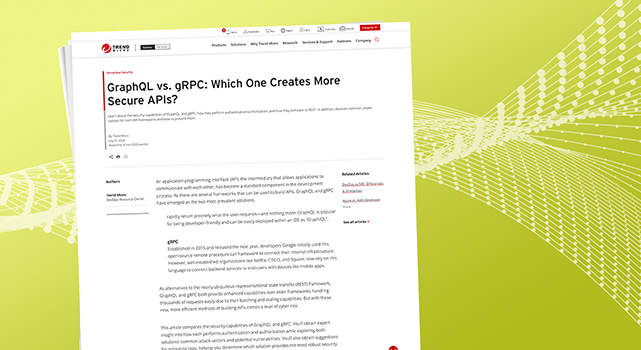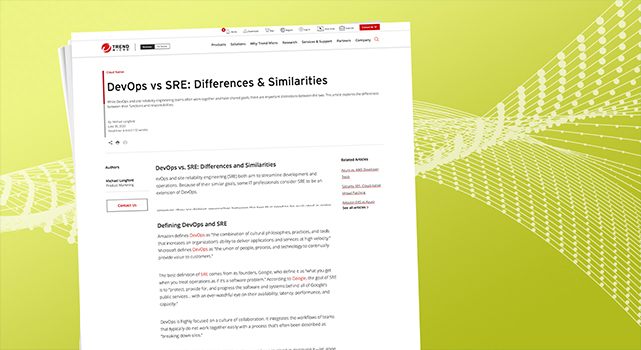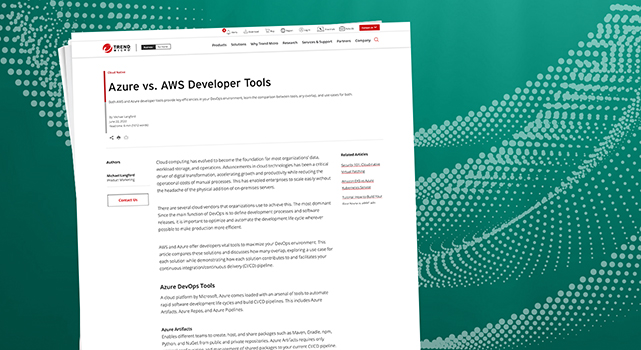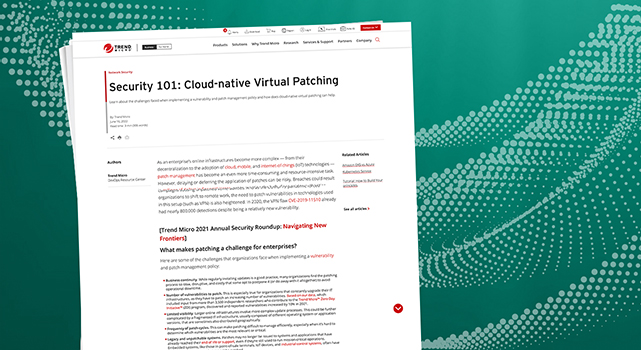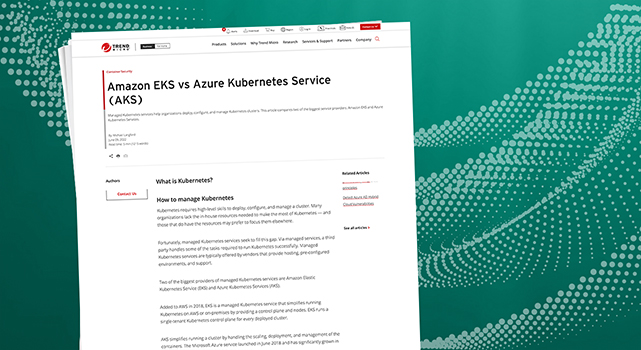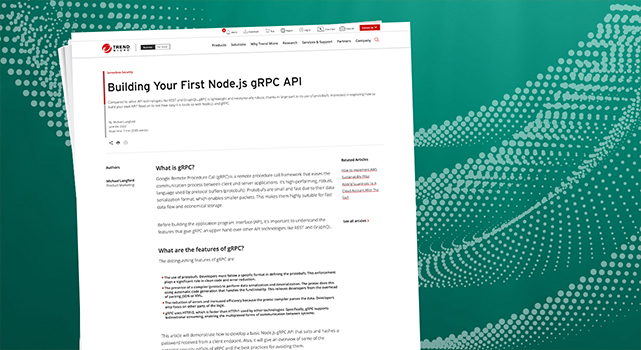- Workday unveils new AI tools and agents for developers - here's how to access
- Enterprises face data center power design challenges
- #Infosec2025: Channel Bridges Security Skills Gap
- Need to relax? These sound apps do the trick for me - here's how
- Educating Tomorrow's Tech Workforce: A New Map for AI-Era Skills
GraphQL vs gRPC: Which One Creates More Secure APIs?
Every request goes through the HTTP server to the GraphQL server, which builds context and runs the resolver. However, the business logic should remain separate from the resolvers, as it often changes. In such a situation, the separation allows you to implement the changes with just a few lines of code. There are three points where authentication is implemented in GraphQL: Before the HTTP server: The first point where authentication can be reached is directly…
Read More
